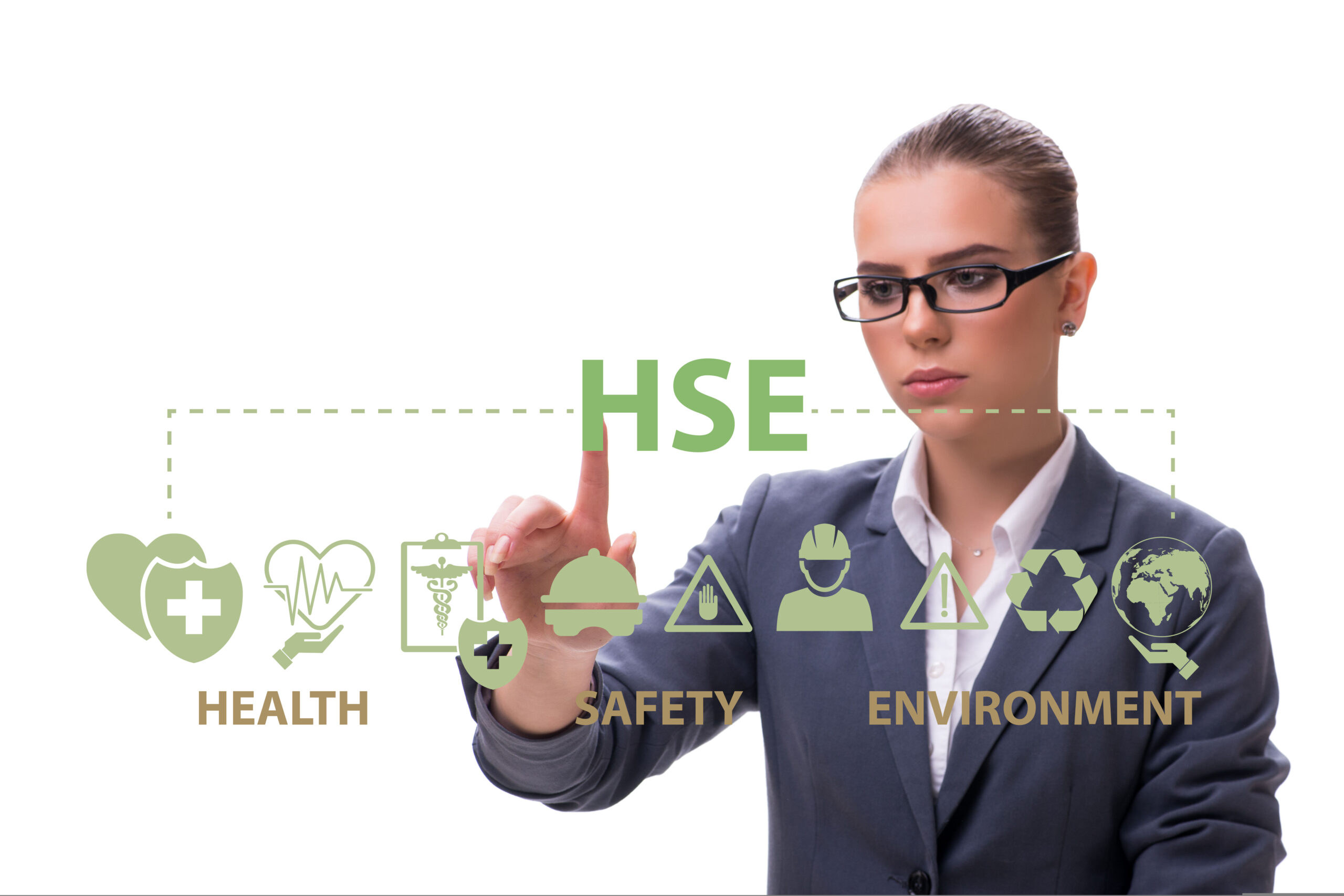Women often face unique challenges on the job that increase their risk of accidents and injuries. Employers must improve their awareness of these issues so that they can take steps to support female employees. This article will take a closer look at the common EHS-related concerns for women that are a source of gender disparities in the workplace.
Lack of Safety Equipment Designed for Women
It is difficult to overstate the importance of personal protective equipment (PPE), especially in industries such as construction and manufacturing. Yet, every year, thousands of employees are injured in preventable accidents where PPE could have made a difference. Women are at a higher risk of experiencing this type of injury due to unequal access to properly fitted items.
Workers who resist wearing PPE cite several reasons, including increased difficulty in performing their tasks. Things that do not fit correctly can make work more challenging and are often a source of diminished rather than improved safety. With men holding approximately 93.8% of construction jobs in the US, it is not surprising that industry-specific PPE is generally designed to fit men, not women. Crucial gear like harnesses, gloves, helmets, and boots can be challenging to find in women’s sizing. However, thanks to recent awareness efforts, this difficulty is being addressed.
Making sure all employees have access to PPE that properly fits is the duty of every employer. If recent advancements in making PPE specifically designed for women are ignored, the workplace can be more dangerous for female employees. This can lead to a lack of confidence, increased stress, and decreased performance due to oversized gear rather than any skill-related factor.
The Role of Mental Health in Workplace Safety
Mental health impacts everyone on the job, regardless of gender. However, women can be the more common recipients of stressors that affect the workplace such as those associated with personal childcare and harassment from co-workers. Whether the source is external or internal to the organization, mental health issues pose a serious safety hazard for female employees.
Regarding external stressors, gender disparities reveal themselves in that women are more statistically likely to be affected by the clashes that can happen between work and parenting. Women can have rewarding and productive jobs while also caring for children. However, employers that do not allow flexibility for employees to effectively balance childcare and work can see more safety-related issues. For example, if a female employee is consistently assigned to late shifts, she may struggle to get home in time to make dinner for her children, leading to increased stress. A lack of flexible scheduling can also lead to inadequate sleep, which is a serious workplace safety hazard.
Women often must overcome unique challenges on the job due to their gender. Within the construction industry (as well as other traditionally male-dominated fields), women often receive lower pay and face harassment and discrimination. While not physical hazards, these conditions can endanger someone through the toll they take on mental health. Workplace harassment leads to heightened levels of stress, anxiety, and fear. These feelings increase the likelihood of a female employee getting distracted or making mistakes on the job. Harassment can also make women hesitant to ask their co-workers for help with risky tasks. These issues are usually reflective of a deeper, cultural dilemma. The only thing that will make a difference in such a workplace is a firm adherence to accountability for actions, at all levels of the organization.
Creating Safer Work Environments for Women
Ensuring that gender disparities are not present in work environments will result in increased organizational efficiency, as all employees will have the opportunity to work to the best of their ability. To accomplish this, a genuine commitment to equality must be established. If the desire to resolve gender disparities in the workplace is real, it must be backed up by a focus on two factors: practices and culture.
Knowing what hazards exist in a work setting and enforcing regular fit testing will help companies keep on top of the issues related to ill-fitting PPE. While this sort of practice can be difficult to carry out, software can assist with the assessment of hazards, the recommendation of appropriate PPE, and the storage and communication of fit test records. Employers can use EHS software to evaluate existing safety risks impacting their female employees and monitor the effectiveness of improved safety strategies. When covering safety topics and training, ensure women’s safety gear is available in various sizes. Additionally, automated reminders for upcoming or overdue testing dates and applicable PPE training sessions will make sure management does not become overwhelmed with the work involved in maintaining compliance.
Workplace culture can significantly impact safety and equality. Employers need to make it clear that leadership supports female employees and will not tolerate harassment by creating an easy and safe system for people to report any harassment they witness or experience at work. This may entail updating existing policies and creating new ones to close gender gaps. Additionally, an internal review of employee compensation may be in order. Are women being paid the same amount as male co-workers with similar roles, experience, and hours? Are they promoted similarly? Employers can also update their hiring and promotion policies to ensure they are gender-neutral. Finally, to support cultural change, employers can decrease gender disparities by actively contributing to the growth and advancement of female employees. For example, construction companies can connect with one of the many women’s trade organizations offering community and training in the industry. These entities are also great for networking and finding talented women to hire.
Eliminating Gender Disparities in the Workplace
Gender disparities pose a serious risk to workplace safety. They can lead to higher injury rates, lower job satisfaction, and poor mental health among women. Employers can resolve these issues by increasing their awareness of gender disparities and updating their company culture, workplace, and policies. These steps are an essential part of ensuring a safer future for all workers.
Publisher Bio
The SafetyStratus Research Advisory Group (RAG) brings together thought leaders from the global environmental, health, and safety community to promote best practices and provide key insights in the profession and the industries they serve. The Research Advisory Group also advocates, where practical, the intersection of and advances with the use of technology, such as the SafetyStratus enterprise EHS software platform. Group membership consists of representatives from across varied disciplines and market sectors as well as select members of the SafetyStratus team.
The primary objectives of the SafetyStratus RAG partnership are to:
- Build a strategic partnership between EHS practitioners and the SafetyStratus team.
- Provide engaging and practical content to the global EHS community.
- Provide discipline and market feedback specific to SafetyStratus products and services.
While the objectives of the RAG are varied, the primary public-facing outcome will be available through engaging and practical content found on the SafetyStratus resource pages. Various articles, papers, and other valuable resources will be produced and shared as part of an ongoing effort to cultivate a robust community. Ultimately, the SafetyStratus RAG will expand to have a broader reach and provide opportunities for more inclusion by all interested EHS professionals in a collaborative community environment.



